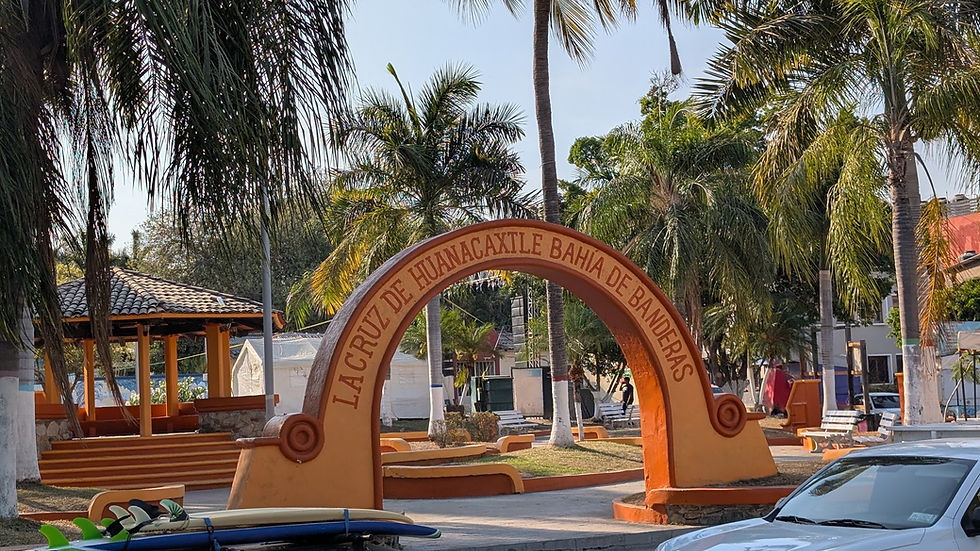Cool Runnings
- Capt. Eric
- Aug 30, 2020
- 3 min read
Another project crossed off the list: I cleaned up and improved the cold and warm air circulation in the salon.
Enfin is equipped with air conditioning via 3 dedicated marine A/C units, and heating via a central furnace or main engine heat exchanger.
Both heat and cold are divided in 3 zones:
1) Cabins and head
2) Pilothouse
3) Salon
A/C is produced locally in each zone, while heat is distributed around the boat from the furnace or main engine via a heating loop in a hose. Hot coolant liquid is then passed through local heat exchangers to produce warm air that is blown using small 12V fans. Another advantage of the heating loop is that it goes through a number of cabinets -keeping your socks warm!- and a heated towel rack in the head. Warm socks and towels: How luxurious is that?
Overall, this is a very flexible system that can be setup in multiple ways. My favorite being that when under way the engine's cooling loop serves to heat the boat and the water heater. In a way it's "free" energy. "Unlimited" hot showers and sailing in warm comfort despite outside frigid weather.
Since warm and cold air can come from different sources (heat exchanger or A/C unit), the salon's air outlet had been ducted to combine them into one single plenum. A good idea in principle, but in practice, the flexible ducting created too much air restriction. At some point in the past a previous owner had tried improving warm air flow by blocking the cold air duct with old shopping bags. It worked to an extent since the warm air could not escape back through the unused A/C unit, but of course meant the salon A/C couldn't be used at all, something I discovered during initial buying survey. Nothing that couldn't be solved I figured, but sailing in the Pacific North West, I hadn't spent much time on doing it.
I had, long ago, taken the shopping bags out of the cold air duct in the salon, and straightened the hose, but the system still needed improving as clearly the flexible ducting was still creating too much back pressure. Neither heat nor cold were blowing at full force but both worked well enough. Today was the day "well enough" wasn't going to cut it anymore.
Interestingly the pilothouse is ducted differently with separate ducts for warm and cold air, so they both blow strongly.
I decided to completely separate warm air from the heat exchanger from air coming from the A/C, routing them to two different vents. The vent for the A/C would be the old existing one at head level in front of the settee. The vent for the warm air from the heat exchanger would be at foot level, using an existing ventilation grille.

We tried this new setup for a while, heating and cooling the salon more often and warmer/cooler than we needed, just to test the system.
Initial results literally blew us away! The A/C seemed three times more powerful and sitting as far back as you could on the settee you'd be hit by a huge blast of freezing air. We had to re-orient the vents to stay out of our newly created indoor blizzard.
Similarly the heater was able to blow much stronger air, all the way to the middle of the salon.
With cold air's tendency to fall and warm air to rise, the new setup also made a lot more sense in terms of comfort. Success.

The A/C vent had to be readjusted. You can see the A/C hose (large one) coming almost straight up from the A/C unit. No more half collapsing hose, no coupling, just a short distance to the vent.
The heating hose makes a sharp 90 degree turn (I couldn't avoid that one) but is then a short straight section to the existing vent under the freezer. Much more efficient than before.
Both hoses are A/C and heat approved, flexible aluminum rated to more than 400f, which I much prefer over the older ducting.

Once we were satisfied with the setup, I decided to finish the installation by wrapping both ducts in multiple layers of R4 insulation.

While I was at it, I also isolated the freezer and heat exchanger: The freezer draws about half our electrical consumption at anchorage, so a little extra insulation can't hurt. It now has extra insulation on the heat exchanger side and underneath (the heat rising thing again).
We'll be having a heat wave in the salon this winter.



Comments